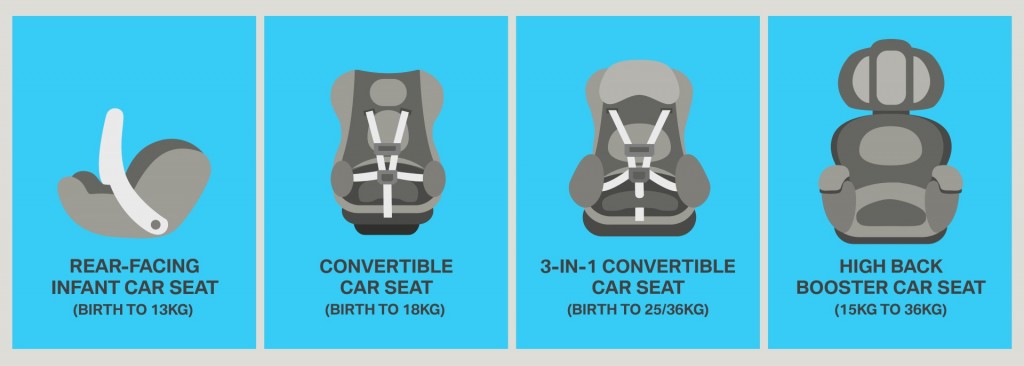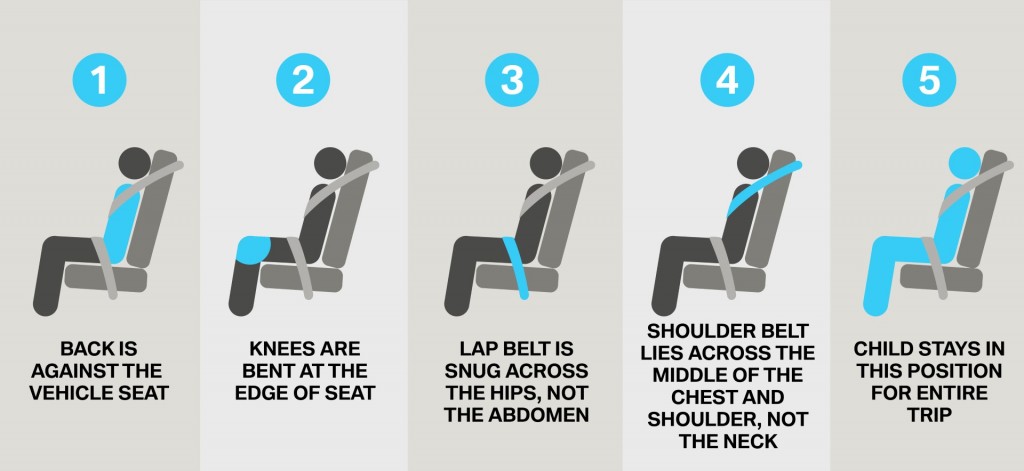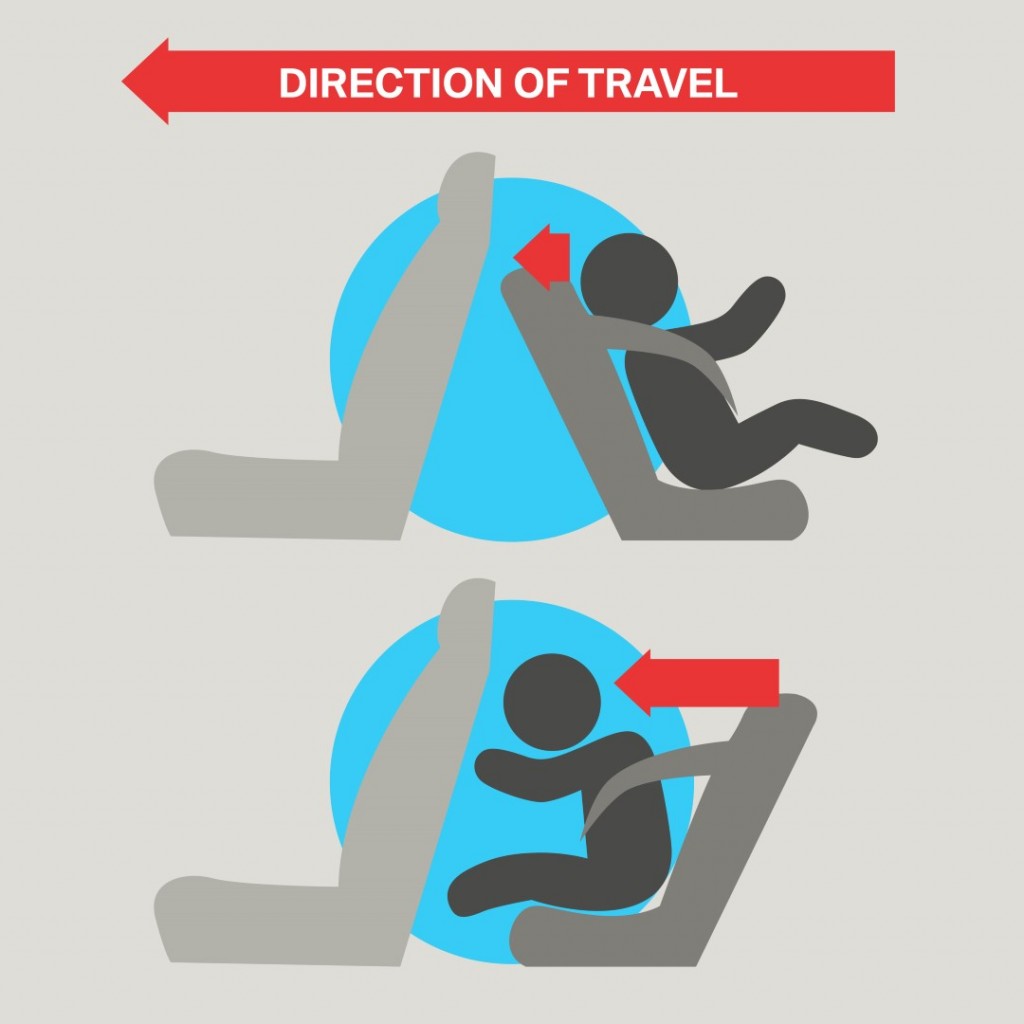The campaign, dubbed 'From Day One', aims to advocate the importance of child car safety and protection with the emphasis on newborns following Transport Minister Anthony Loke's announcement that child car seats will be made mandatory for all private cars from January 2020.
With the support of the Italian childcare brand Chicco Malaysia, BMW Malaysia will gift a child car seat to the first six babies born on Father’s Day at Hospital Putrajaya.
New parents will also learn about the best child safety practices from Childline Foundation’s passenger safety consultants which include the right criteria for choosing a child car seat, proper methods for installation and lifecycle of one.
Additionally, BMW Malaysia and Childline Foundation will share key information that parents should know to keep their children safe during their travels this 'Balik Kampung' season.
Every collision has three stages of a crash and children are most at-risk when a vehicle hits something and crumples in certain areas to absorb some of the forces.
This is quickly followed by the human crash where the body moves towards the point of impact at the vehicle’s original speed due to momentum.
The body can come to a sudden and complete halt when it is restricted by a seat belt, an airbag, or the car windscreen if not buckled in.
The third crash is the internal crash, whereby a person’s internal organs are still moving forward until they hit the bone structure of the body.
As seat belts are not designed for infants or young children, the optimum protection would be child car seats.

When correctly installed and used, child car seats can reduce infant death in car crashes by 71% and toddler deaths by 54% according to the World Health Organisation's facts on road safety regarding safety restraints.
The shell of the seat forms the basis of the child car seat and is purpose-built for a child’s proportions.
The shell absorbs most of the collision force and distributes it over a wide area of the child’s body, thereby reducing the amount of stress on any single body part of the child when rear-facing.
Within the shell are energy-absorbing foam and padding that hugs the child’s body - known as side impact protection and mainly protects a child against side collisions, especially the head.
The five-point harness which is designed to hold the child in place also helps to distribute the force during a collision.
The five points of contact are both shoulders, both hips and between the legs and differs from vehicle seat belts, which are designed for adult proportions.
Choosing the right child car seat is equally as important as using one.

The rear-facing infant car seat can be used from birth to 13kg; while the convertible car seat and 3-in-1 convertible car seat can be used from birth to 18kg and from birth to 25/36kg respectively.
Infants and toddlers should ride rear-facing until at least 13kg or 15 months old.
For better protection, opt to remain rear facing until the maximum weight stated on the child car seat or when the child’s head reaches the top of the shell, whichever comes first.
It is recommended that parents opt for high back booster seats because it provides necessary head support and sometimes function with a five-point harness for children up to 18kg and can later be used with a seat belt for children up to 36kg.
Parents can move their children to seat belts only when the child passes these five steps:
1 - Child's back is against the vehicle's seat
2 - Knees are bent at the edge of the seat
3 - Lap belt is snug across the hips, not the abdomen
4 - Shoulder belt lies across the middle of the chest and shoulder, not the neck.
5 - Child stays in this position for the entire trip

It is recommended that parents keep their child rear-facing for as long as possible.
Of all fatal and serious car crashes, 72% of that is from a frontal collision in which case, a rear-facing car seat is more likely to reduce injury.
A rear-facing car seat touches every point on the child’s back which allows the force of impact to be better absorbed by the well-padded seat.
Upon impact, a rear-facing car seat distributes the force evenly across the child’s back and neck while providing support compared to a forward-facing car seat which does not distribute these forces nearly as well.
During a collision, the child’s body will be held back by the five-point harness, but the head will be thrown forward and this could possibly result in severe neck injury.
With most collisions being frontal, the safest place to install a child car seat is at the back and parents can check the vehicle manual for the best position to install a child car seat. Never put a rear-facing car seat in the front passenger seat with active airbags.
When installing the child car seat, remember to ensure the base of the child car seat rests firmly on the vehicle seat; it should not pivot, slide, wobble or tip and if it moves more than an inch forward or to the side, then it is too loose. Use the lock-off clip, if provided, to ensure the child car seat stays secured.

Before buckling the baby in, make sure he or she is dressed comfortably in thinner clothing and parents should not swaddle their babies before putting them into a child car seat. After buckling the baby in securely, a light blanket can be snugly tucked around the baby.
After harnessing the baby into the child car seat, parents should conduct the two-finger test.
Simply slide two fingers under the pad by the collarbone and rotate the fingers by 90-degrees. If the fingers can rotate, then the harness is still too loose and should be tightened.
It is recommended to look for a child car seat with the ECE R44-04 certification which can be found on the child car seat itself; often on an orange sticker on the back or side of the child car seat.
This sticker also indicates ‘UNIVERSAL’ or ‘SEMI-UNIVERSAL’ which notes the types of vehicle for which the child car seat is approved for.
According to World Health Organization (WHO), a child up to 4 years of age has an 80% lower risk of injury in a rear-facing seat and for children aged 5 to 9 years, child car seats reduce injury by 52%.
"We look forward to the increased use of child car seats as enforcement comes into effect. However, we want to remind all parents that the use of child car seats can begin now as it is better to start protecting their children sooner than later,” said BMW Group Malaysia managing director Harald Hoelzl.










